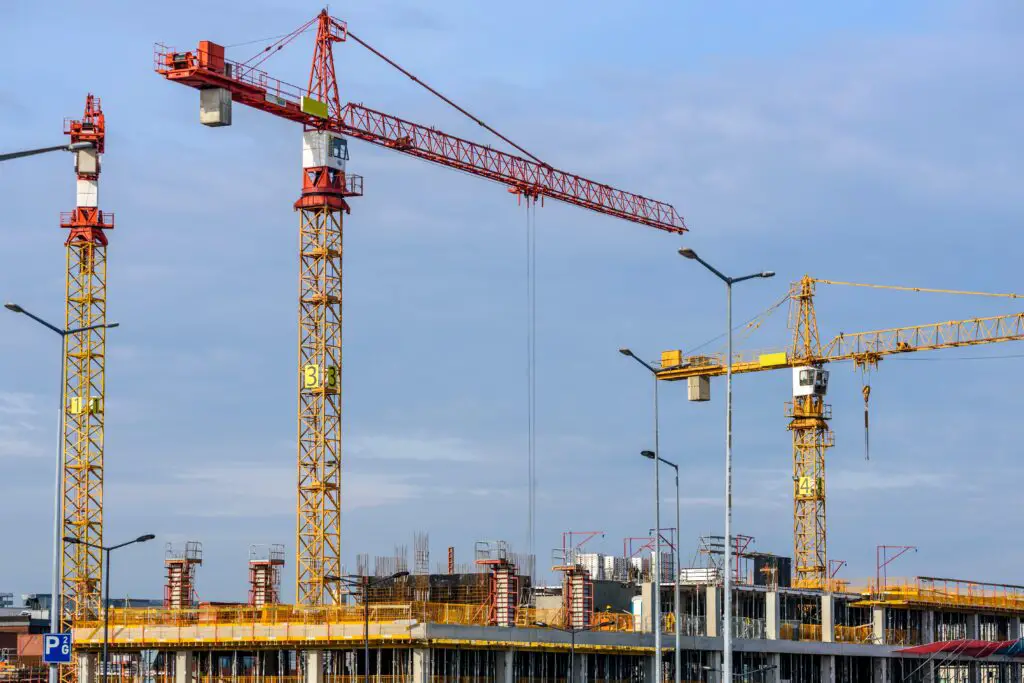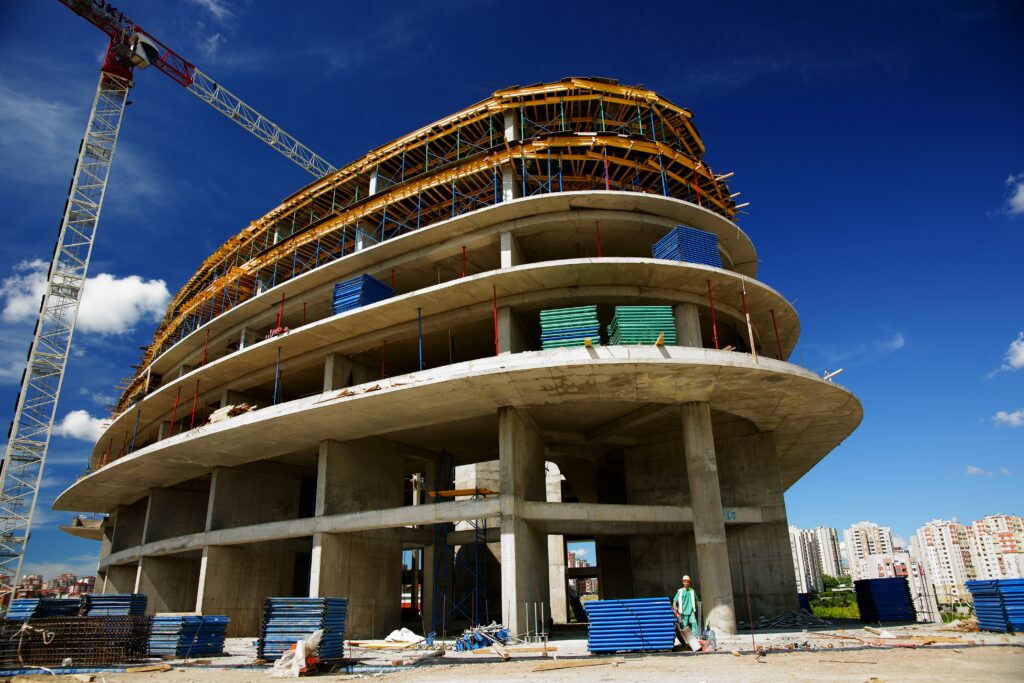As the construction business evolves, new trends emerge that will shape the future of construction. These developments, ranging from sustainable building methods to smart house technologies, are not only changing the way we build, but also enhancing the safety and efficiency of construction projects.
This post will look at the top ten construction trends for 2022 that are producing a lot of social traffic and have a lot of SEO potential.
- Sustainable Construction
- Modular and Prefabricated Construction
- Construction 3D Printing
- Smart House Technology
- Augmented Reality (AR) and Virtual Reality (VR)
- Safety and Health
- Building Information Modeling (BIM)
- Robotics and Automation
- Resilient Infrastructure
- Social Responsibility

Sustainable Construction: As the emphasis on environmental sustainability grows, so do sustainable construction approaches. Sustainable construction includes the use of green building materials, energy-efficient construction, and eco-friendly design.
Modular and Prefabricated Construction: Modular and prefabricated construction are becoming increasingly popular as a solution to minimize construction time and costs. Building components off-site and assembling them on-site reduces waste and interruption to the local environment.
Construction 3D Printing: Construction 3D printing is being used to produce complicated structures and components, decreasing the demand for labor and materials. This method is also being utilized to manufacture environmentally friendly building materials like recycled plastic.
Smart House Technology: As the Internet of Things (IoT) grows in popularity, so does smart home technology. Smart thermostats, lights, and security systems are examples of features that may be controlled via a smartphone or other device.
Augmented Reality (AR) and Virtual Reality (VR): AR and VR are being used in construction to provide clients and stakeholders with immersive experiences. This technology is also being used to simulate construction projects in order to improve planning and communication.
Safety and Health: Construction safety and health are important objectives, and new technologies are being developed to increase worker safety and prevent accidents. Wearable technology, such as smart helmets and safety eyewear, can identify hazards and warn workers of potential threats.
Building Information Modeling (BIM): BIM is used to increase construction project efficiency by developing a digital representation of the building. This enables greater collaboration among architects, engineers, and contractors, potentially reducing errors and delays.
Robotics and Automation: Robots and automation are being used in construction to increase production and minimize costs. This includes robotic construction equipment like brick-laying robots and drones for site inspections and surveys.
Resilient Infrastructure: As natural disasters become more common, robust infrastructure is becoming increasingly critical. This includes constructing facilities that can survive earthquakes, hurricanes, and other natural catastrophes, as well as applying climate change mitigation strategies.
Social Responsibility: With an emphasis on sustainable and ethical practices, social responsibility is becoming increasingly relevant in the construction sector. This involves sourcing materials locally, supporting local communities, and minimizing the environmental impact of construction projects.
Conclusion
Finally, the construction sector is always evolving, with new trends and technologies emerging on a regular basis. From sustainable building methods to smart home technologies, these ideas are altering the future of construction while also enhancing project safety and efficiency.
Construction companies can stay ahead of the competition and produce projects that fulfill the expectations of clients and stakeholders by staying up to date with the newest trends and technologies.
To see other material construction prices, please see here.
To know other construction guides, tips, and methodology for beginners, veterans, and contractors, please see here.

